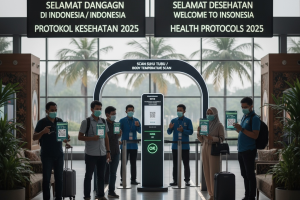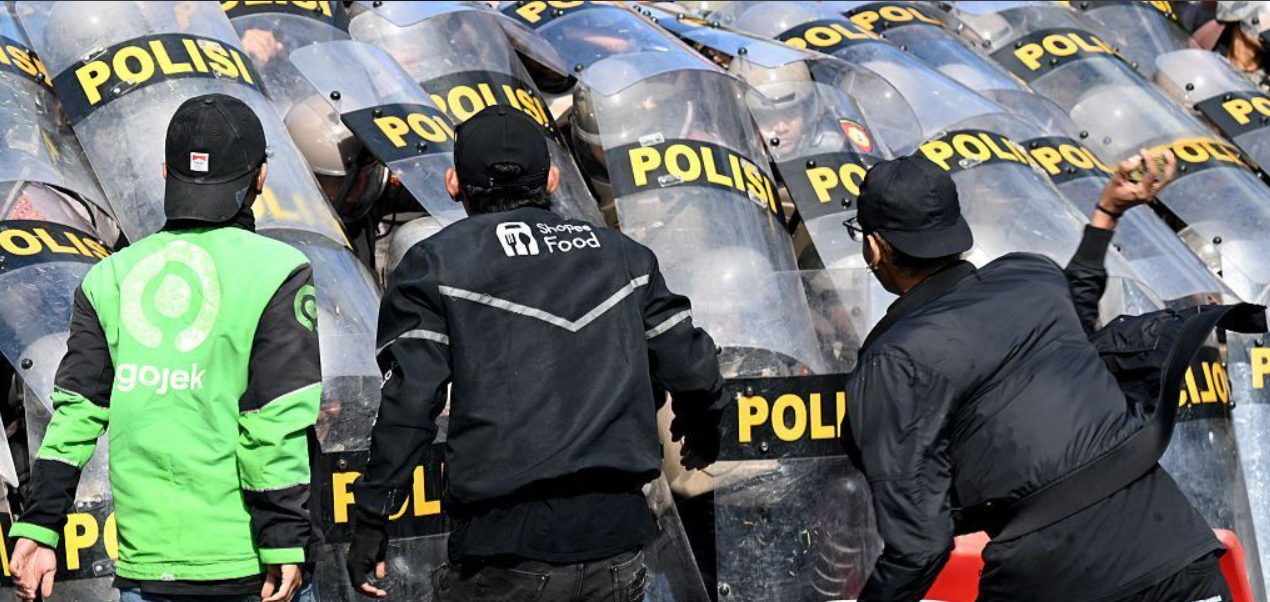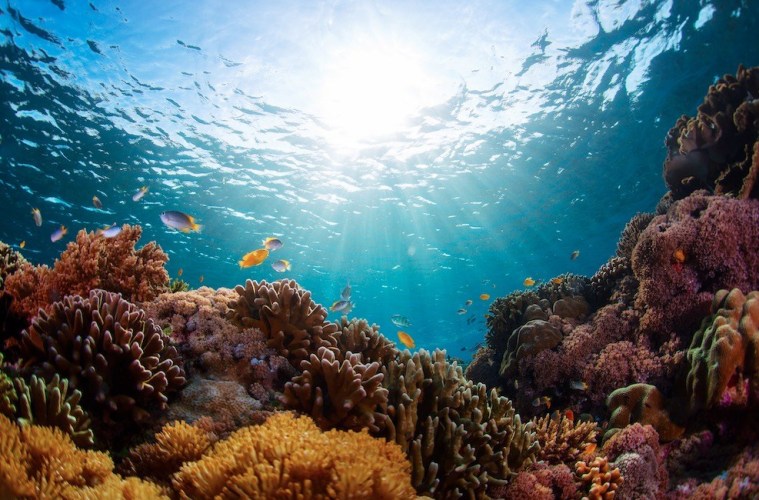One of the most popular tourist destinations in the world, Bali for few years awarded as the world best island by The International Travel Magazine. There, however, are still many people who do not know in depth about the uniqueness of Balinese culture.
Life in Bali is always related to “Tri Hita Karana” or a tripartite concept that include the spiritual relationship between human and God, and their environment. The rapid growth of development in tourism has had a big impact and influences to Bali tradition and lifestyle. Interestingly, Balinese culture is still as what it was, growing along with the of globalization. It is the Balinese civilization what makes the island different from other destination.
Bali has been inhabited for a long time. Sembiran, a village in northern Bali, was believed to have been home to the people of the Ice Age, proven by the discovery of stone axes and adzes.
Further discoveries of the more sophisticated stone tools, agricultural techniques and basic pottery at Cekik in Bali’s far west, point to the people of the Neolithic era. At Cekik, there is evidence of a settlement together with burial sites of around a hundred people thought to be from the Neolithic through to the Bronze Age.
The massive drums of the Bronze Age, together with their stone moulds have been discovered throughout the Indonesian archipelago, including the most famous and largest drum in Southeast Asia, the Moon of Pejeng, nearly two metres wide, now housed in a temple in east Ubud. In East Java and Bali, there has also been a concentration of carved stone sarcophagi. The most notable ones are displayed in the Bali Museum in Denpasar and the Museum Purbakala in Pejeng.
The prasasti, or metal inscriptions, Bali’s earliest written records from the ninth century AD, show very significant Buddhist and Hindu influence. This influence is also proven by the existence of statues, bronzes and rock-cut caves at Gunung Kawi and Goa Gajah.
The most famous event in early Balinese history was the marriage of the Balinese King Udayana to East Java’s Princess Mahendratta. Their marriage portrait is captured in a stone in the Pura Korah Tegipan in the Batur area. Their son, Erlangga, born around 991 AD, later succeeded to the throne of the Javanese kingdom and brought Java and Bali together until his death in 1049.
In 1284, Bali was conquered by Kertanegara, the ruler of the Singasari; until the turn of the century, saw Bali under its own rule under the hands of King Bedaulu of Pejeng, east of Ubud.
Balinese who did not embrace the changes established their own villages in remote mountainous areas. Their descendants are known today as the Bali Aga or Bali Mula, meaning the “original Balinese”. They still live separately in villages like Tenganan near Candi Dasa and Trunyan on the shores of Lake Batur, following their ancient laws and ways of life.
When Majapahit in East Java fell in 1515, the many small Islamic kingdoms in the island coalesced into the Islamic Mataram empire, and Majapahit’s most dedicated Hindu believers of priests, craftsmen, soldiers, nobles and artists fled east to Bali, and flooded the island with Javanese culture and Hindu practices. Considering the huge influence and power of Islam at the time, it is worth pondering on why and how Bali remained strongly Hindu and Buddhist.
Batu Renggong, also known as DewaAgung, meaning great god, became king in 1550, and this title became hereditary through the succeeding generations of the kingdom of Gelgel, and later Klungkung, until the twentieth century. Bali reached the pinnacle of its Golden Era under the reign of the Batu Renggong, the great god ruler.
But the slide from its pinnacle started when Batu Renggong’s grandson, Di Made Bekung, lost Blambangan, Lombok and Sumbawa. DI Made Bekung’s the chief minister, Gusti Agung Maruti, eventually rebelled and managed to reign from 1650 till 1686, when he in turn was killed by DI Made Bekung’s son, Dewa Agung Jambe, who then proceeded to move the court to Klungkung, and named his new palace the Semarapura, Abode of the God of Love.










